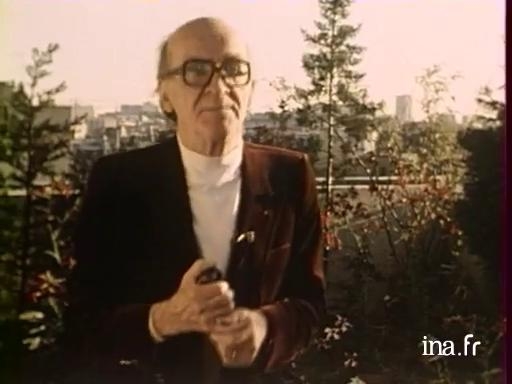Mircea Eliade

Information
Portrait of the Romanian philosopher Mircea Eliade, from her childhood in Bucharest to her brilliant university career, mentioning her travels to the Indies.
- Asia > India > Calcutta
- Asia > Japan > Tokyo
- Central America > Mexico > Mexico
- Europe > France > Ile-de-France > Paris
- Europe > Portugal > Lisbon
- Europe > Romania > Bucharest
- Europe > Sweden > Uppsala
- Europe > United Kingdom > England > London
- North America > United States > Chicago
- Oceania > Australia > Sydney
Context
Mircea Eliade was born in Bucarest (Romania) in 1907, and died in Chicago (United States) in 1986. A hard working and scholarly student speaking several languages, he published his first novel at the age of 14: How I Found the Philosophers' Stone.
Mircea Eliade studied philosophy at the University of Bucharest; there, he connected with a far-right thinker, Nicolae C. Ionescu, and also became friends with Emil Cioran and Eugène Ionesco. From 1928 on, he spent three years in Calcutta in India, where he studied yoga, which became the subject of his thesis, Yoga: Immortality and Freedom. Back in Romania, he started publishing novels, (Mitreyi. Bengal Nights, 1933) and taught Indian philosophy at the University of Bucharest. In 1940, Mircea Eliade worked in politics, on behalf of Ion Antonescu's military dictatorship, in London and in Portugal, where he wrote a brochure glorifying Salazar, a dictator. After the war, Mircea Eliade settled in Paris, where he started working on the lengthy Treatise on the History of Religions, which was released in 1949, the same year as The Myth of the Eternal Return. In 1956, his seminal work, The Sacred and the Profane, was released, and in 1959 Mircea Eliade was offered the chair in the History of Religions at the University of Chicago.
A member of the GRECE (Group for Research and Study of European Civilisation) in the 1970s, sharing far-right ideologies, Mircea Eliade nevertheless remains known as being a significant specialist in history and in religious philosophy.











